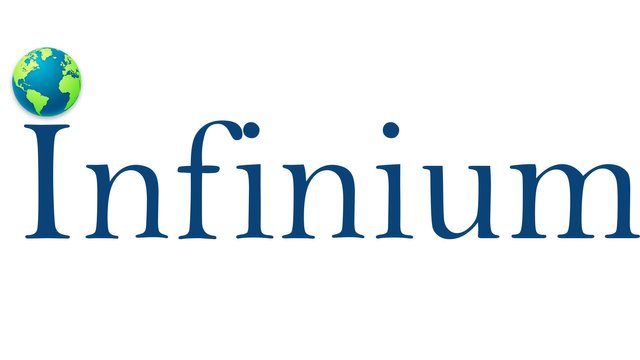
Introduction
Intelligent Transportation Systems (ITS) are advanced technologies designed to improve transportation efficiency, safety, and sustainability. By integrating information and communication technologies with transportation infrastructure, ITS solutions provide real-time traffic management, automated vehicle control, and enhanced user information. The ITS market is expanding rapidly due to increasing urbanization, rising demand for smart city solutions, and advancements in technology. This report examines the ITS market, covering market dynamics, regional analysis, segmentation, competitive landscape, and future outlook.
Market Dynamics
Drivers
Urbanization and Traffic Congestion: Rapid urbanization leads to increased traffic congestion and infrastructure strain. ITS solutions address these issues by optimizing traffic flow, reducing congestion, and enhancing overall transportation efficiency.
Government Initiatives and Funding: Governments worldwide are investing in smart transportation infrastructure and ITS solutions as part of their smart city and sustainable transportation initiatives. These investments drive market growth by funding the development and deployment of ITS technologies.
Technological Advancements: Innovations in technologies such as Artificial Intelligence (AI), Internet of Things (IoT), and 5G are enhancing the capabilities of ITS. These advancements improve real-time data processing, vehicle-to-everything (V2X) communication, and overall system performance.
Challenges
High Implementation Costs: The initial investment required for deploying ITS infrastructure and technologies can be substantial. This includes costs for technology development, installation, and maintenance, which can be a barrier for some municipalities and organizations.
Data Privacy and Security: The collection and exchange of data in ITS raise concerns about data privacy and security. Ensuring robust cybersecurity measures and compliance with data protection regulations is crucial for gaining public trust and avoiding potential breaches.
Integration with Existing Systems: Integrating new ITS technologies with existing transportation infrastructure and systems can be complex. Compatibility issues and the need for system upgrades can pose challenges for seamless implementation.
Opportunities
Growing Smart City Initiatives: The increasing focus on smart city development provides significant opportunities for ITS. As cities strive to become smarter and more connected, the demand for advanced transportation solutions is expected to rise.
Expansion in Emerging Markets: Emerging markets, particularly in Asia-Pacific and Latin America, offer growth opportunities due to increasing urbanization and investment in transportation infrastructure. These regions are adopting ITS solutions to address traffic and infrastructure challenges.
Advancements in Connected Vehicles: The rise of connected and autonomous vehicles presents opportunities for ITS integration. As vehicles become more connected, they can interact with ITS infrastructure to enhance traffic management and safety.
Sample Pages of Report: https://www.infiniumglobalresearch.com/reports/sample-request/1670
Regional Analysis
North America: North America is a leading market for ITS due to high adoption rates of smart technologies, significant investments in transportation infrastructure, and government support. The U.S. and Canada are key markets with a focus on innovation and advanced ITS applications.
Europe: Europe has a mature ITS market driven by stringent regulations on traffic management and environmental sustainability. Countries such as Germany, the UK, and France are at the forefront of ITS adoption, focusing on improving transportation efficiency and reducing emissions.
Asia-Pacific: The Asia-Pacific region is experiencing rapid growth in ITS adoption, driven by urbanization, increased vehicle ownership, and government investments in smart city projects. China, Japan, and India are major markets with significant potential for ITS development.
Latin America: Latin America is showing growing interest in ITS solutions as cities seek to address traffic congestion and improve infrastructure. Brazil and Mexico are leading markets in the region, with increasing investments in transportation technology.
Middle East & Africa: The Middle East and Africa are emerging markets for ITS, with investments in transportation infrastructure and smart city initiatives. The region is expected to see growth as governments focus on enhancing transportation systems and adopting advanced technologies.
Market Segmentation
By Component:
Hardware
Software
Services
By Application:
Traffic Management
Vehicle-to-Everything (V2X) Communication
Public Transportation Systems
Parking Management
Incident Detection
By Deployment Type:
On-Board Units
Roadside Units
By Region:
North America
Europe
Asia-Pacific
Latin America
Middle East & Africa
Competitive Landscape
Market Share of Large Players: Major companies such as Siemens, IBM, Cisco, and Hitachi hold significant market shares due to their extensive portfolios, technological expertise, and global reach.
Price Control: Large players have substantial influence over pricing due to their scale and established market presence. However, competition and technological advancements can impact pricing strategies.
Competition from Small and Mid-Size Companies: Smaller and mid-size companies challenge larger players by offering innovative solutions or focusing on niche markets. These companies often provide specialized technologies or services that complement larger systems.
Key Players:
Siemens
IBM
Cisco
Hitachi
Thales Group
Report Overview: https://www.infiniumglobalresearch.com/reports/global-intelligent-transportation-system-market
Future Outlook
New Product Development: Continuous innovation in ITS technologies, such as improved data analytics, advanced V2X communication, and integration with autonomous vehicles, is crucial for maintaining market competitiveness and addressing evolving transportation needs.
Sustainability: The focus on environmental sustainability is shaping the ITS market. Solutions that reduce traffic congestion, lower emissions, and support energy-efficient transportation are likely to attract increasing attention from both regulators and consumers.
Conclusion
The Intelligent Transportation System market is growing rapidly due to urbanization, government initiatives, and technological advancements. While challenges such as high implementation costs and data security concerns exist, opportunities in smart city projects and emerging markets offer significant growth potential. Companies focusing on new product development and sustainability will be well-positioned to thrive in this dynamic and evolving market.